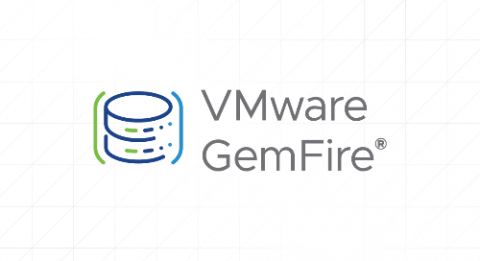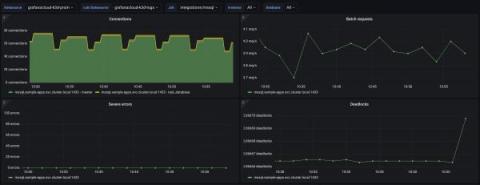SQL Date Functions: A Detailed Guide
SQL provides a date type that developers can use to store date values. Also, to make working with dates easier, SQL has several date functions for retrieving, formatting, and manipulating dates. In this post, you’ll learn about some SQL date functions and how to use them.











